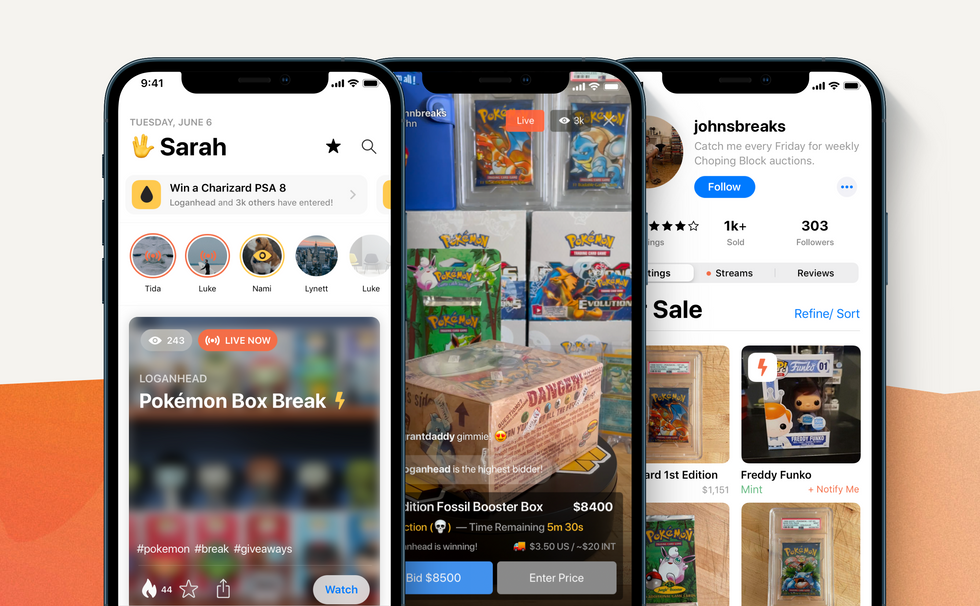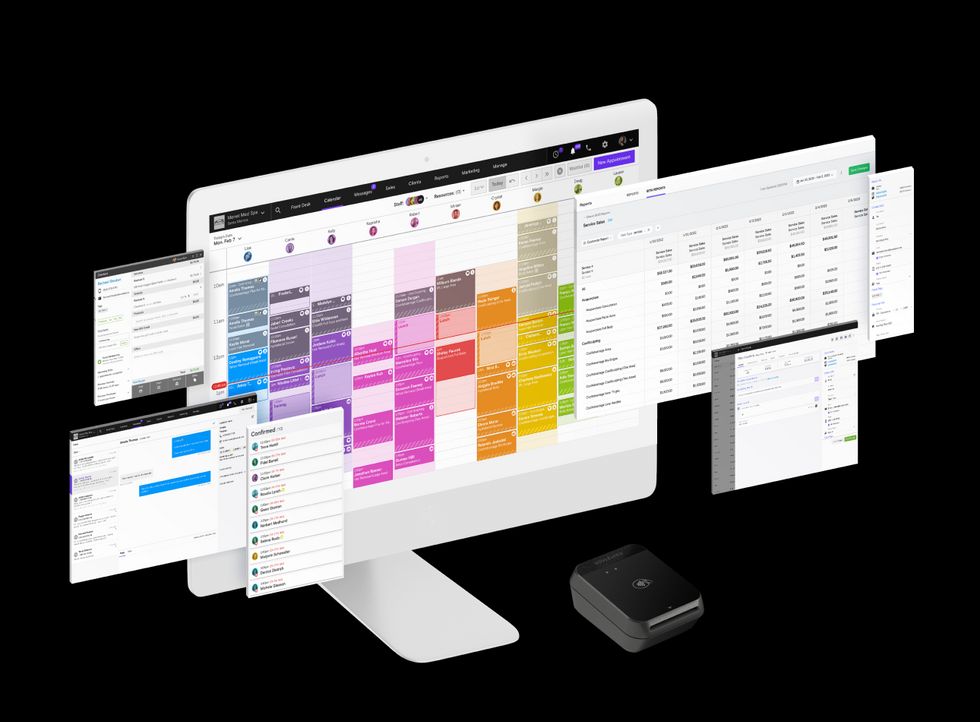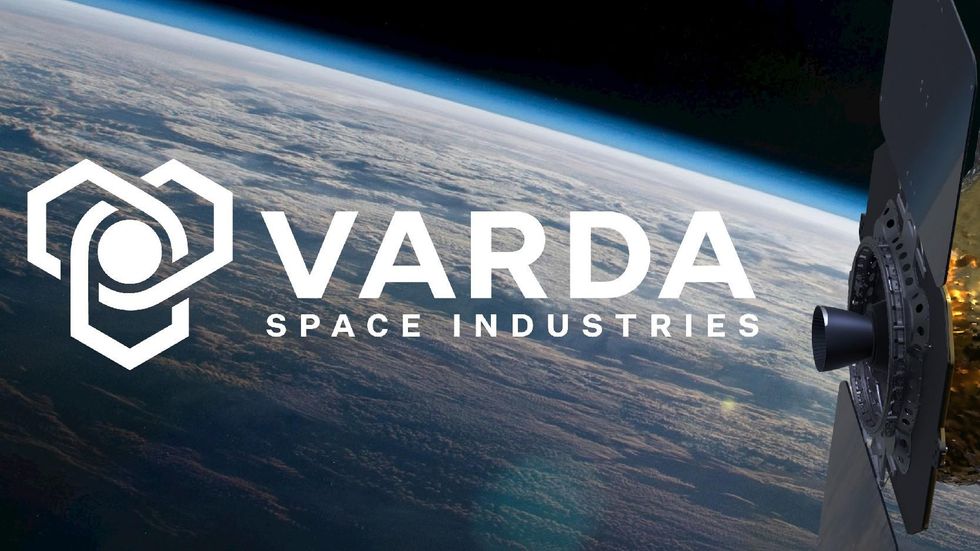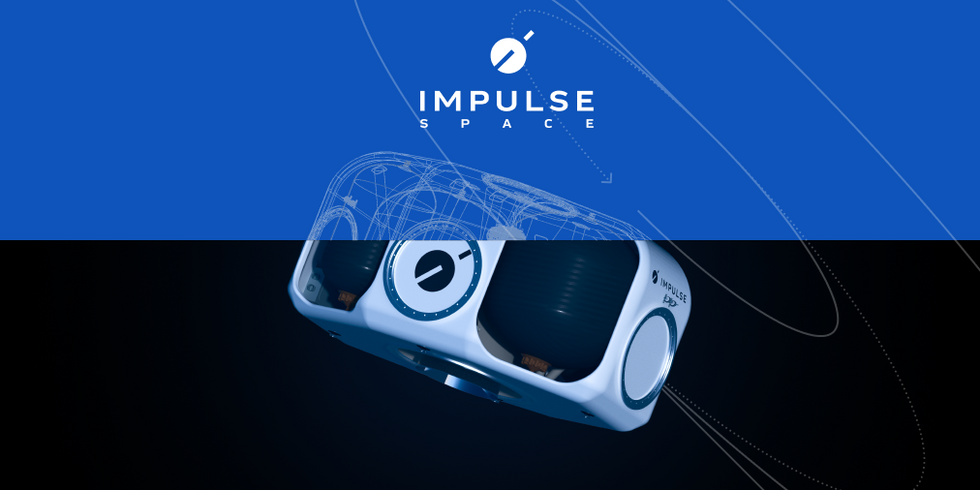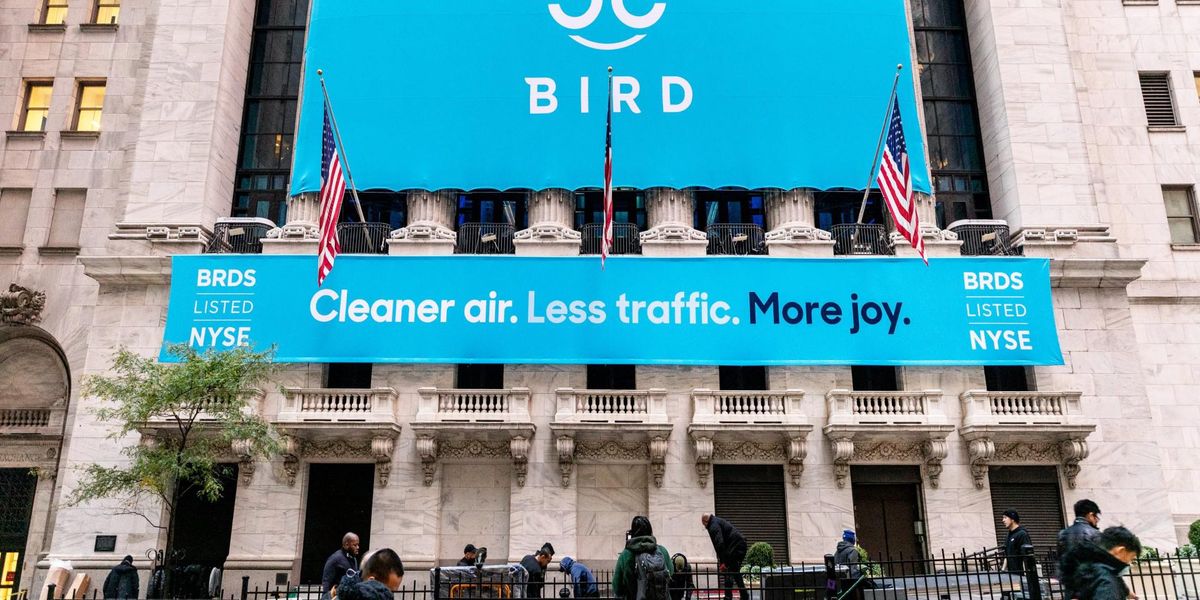

Get in the KNOW
on LA Startups & Tech
X
Evan Xie
LA’s Hottest Startups for 2023
Decerry Donato
Decerry Donato is a reporter at dot.LA. Prior to that, she was an editorial fellow at the company. Decerry received her bachelor's degree in literary journalism from the University of California, Irvine. She continues to write stories to inform the community about issues or events that take place in the L.A. area. On the weekends, she can be found hiking in the Angeles National forest or sifting through racks at your local thrift store.
Los Angeles, like the rest of the startup world, saw a dip in global venture funding. As of November 2022, funding reached $22 billion, which is 69% lower than the previous year.
Despite the massive downturn in funding due to the decline in technology stocks at the end of 2021 combined with concerns about rising inflation, it did not stop the startups on this list from raising funding. We asked more than 30 leading L.A.-based investors for their take on the hottest firms in the region. (We also asked VCs not to pick any of their own portfolio companies, and vetted the list to ensure they stuck to that rule.)
They selected a few live-shopping platforms, space startups and payment software companies and we've organized the list based on the amount of capital raised as of January, according to data from PitchBook.
Here are the eight L.A. startups VCs have their eyes on as they look ahead to 2023.
Anduril ($2.32B raised)

Given how much the company has raised to date, it was no surprise that Costa Mesa-based defense technology startup and U.S. military contractor Anduril was the name that most often came up among L.A. venture investors.
Oculus co-founder Palmer Luckey, Founders Fund partner Trae Stephens, ex-Palantir executives Matt Grimm and Brian Schimpf founded Anduril in 2017. The startup is most known for its core software product, an operating system called Lattice, which is used to detect potential security threats.
To date, the startup has received investments from Andreessen Horowitz, Founders Fund, General Catalyst, D1 Capital Partners and venture capitalist Elad Gil.
ServiceTitan ($1.1B raised)
Earlier this year, the Glendale-based firm filed for an initial public offering. Since its founding in 2012, the company’s co-founders, Ara Mahdessian and Vahe Kuzoyan built its software for a wide range of service industries, from plumbing and landscaping to pest control and HVAC.
The company’s growth is largely driven by its ability to acquire other businesses, including landscaping software provider Aspire and pest control-focused platforms ServicePro and, earlier this month, FieldRoutes.
Whatnot ($484.41M raised)
The Marina del Rey-based livestream shopping platform makes the ‘Hottest Startups’ list for a second year in a row. The online marketplace was founded by former GOAT product manager Logan Head and ex-Googler Grant LaFontaine and made its name by providing a live auction platform for buying and selling collectables like rare Pokémon cards, and has since expanded into sports memorabilia, sneakers and apparel.
It’s no secret that its success is in part, due to the partnerships Whatnot inked this year, like UFC fighter Jorge Masdival to sell sports collectibles on the platform. Along with science fiction/fantasy comics publisher Heavy Metal to bring out original content for the Whatnot community.
Boulevard ($110.35M raised)
Los Angeles-based salon booking app Boulevard attracted backers including Santa Monica-based early-stage VC firm Bonfire Ventures, which focuses on B2B software startups. The startup builds booking and payment software for salons and spas and now it now serves 25,000 professionals across 2,000 salons. Boulevard has also worked with prominent brands such as Toni & Guy and HeyDay.
Varda Space ($53M raised)
Space manufacturing startup Varda focuses on designing, developing, and manufacturing products that benefit from low gravity. The products that the El segundo-based company manufactures in space are intended to be brought back down with the hope that it will improve life on earth. The forward-thinking company was founded by Founders Fund partner Delian Asparouhov and former SpaceX officer Will Bruey.
Papaya (65.2 million)
Sherman Oaks-based Papaya was founded by Patrick Kann and Jason Metzler. The company was built to make it easier for consumers to pay “any” bills — whether it's a hospital bill or a parking ticket — all on the mobile app. To pay, users take a picture of their bill and type in the amount they want to send as long as the end user has a mailing address or an online payment portal. Papaya utilizes optical character recognition, a software that enables the app to look at every bill — no matter what the format is — and recognize each piece of information.
Impulse Space ($30 million raised)
Based in El Segundo, Impulse Space creates orbital maneuvering vehicles capable of delivering multiple payloads to unique orbits from a single launch. Founded in 2021 by former SpaceX exec Tom Mueller built his company as a last-mile delivery partner for future inter-space missions, like servicing space stations. In July, the space startup inked a deal with Long Beach-based reusable rocket maker Relativity Space to accelerate the entry of its rover into Mars.
Popshop Live (24.5 million raised)
Whatnot competitor Popshop Live is betting that live-shopping is the future of ecommerce. The West Hollywood-based company primarily focuses on selling collectables such as trading cards and anime merchandise.
In the summer of 2021, the company bolstered its team by hiring former Instagram and Instacart executive Bangaly Kaba to lead platform growth and former head of Uber Eats Jason Droege to lead expansion.
From Your Site Articles
- Here Are the dot.LA/PitchBook 50 Hottest Los Angeles Startups for Q2 ›
- Here Are the LA Seed Startups Top VCs Wish They'd Invested In ›
- LA is the Third-Largest Startup Ecosystem in the US ›
- What Are LA’s Hottest Startups of 2022? See Who VCs Picked in dot.LA’s Annual Survey ›
- How To Startup: Part 1: Ideation ›
- What Are LA’s Hottest Startups of 2021? We Asked Top VCs to Rank Them ›
- Nobody Studios Plans to Build 100 Startups in Five Years - dot.LA ›
- From GameTree to Sota — Ukrainian Founders Call LA Home - dot.LA ›
Related Articles Around the Web
Decerry Donato
Decerry Donato is a reporter at dot.LA. Prior to that, she was an editorial fellow at the company. Decerry received her bachelor's degree in literary journalism from the University of California, Irvine. She continues to write stories to inform the community about issues or events that take place in the L.A. area. On the weekends, she can be found hiking in the Angeles National forest or sifting through racks at your local thrift store.
Bird’s SPAC Deal is Done: First Day on the NYSE Ends Virtually Flat
02:36 PM | November 05, 2021
Bird, the Santa Monica-based firm that makes and rents electric scooters, ended its first full day as a publicly traded company with its stock price up by a fraction of a percent at $8.40 per share.
By merging with Switchback II, a special purpose acquisition company, Bird skipped the traditional IPO process to list on the New York Stock Exchange. Now closed, the deal put a combined $414 million in cash and credit at the scooter company's disposal — minus fees related to the merger, Bird said on Friday.
The SPAC deal originally valued Bird at around $2.3 billion.
Now trading under the ticker "BRDS," Bird CEO Travis VanderZanden said in a statement that the funds will fuel its growth and further its mission of providing "environmentally friendly transportation for everyone." Bird plops rentable scooters on sidewalks in more than 350 cities.
Bird's revenue plummeted at the onset of the pandemic, as lockdowns confined commuters to their homes, but the company recently reported a rebound in revenue and declining losses for its second fiscal quarter of 2021.
While Bird leads the pack on scooter rentals, its competitor Lime revealed today that it raised $523 million from investors ahead of a possible public debut next year.
Why "BRDS"? Earlier this week, footwear company Allbirds started trading on the Nasdaq exchange under the symbol "BIRD," perhaps beating Bird to the punch. Bird did not immediately respond to a request for comment.
Friday energy Today was electric for the @BirdRide listing Come take a ride behind the scenes of all the action $BRDSpic.twitter.com/9KMjBLzpHP— NYSE \ud83c\udfdb (@NYSE \ud83c\udfdb) 1636137781
From Your Site Articles
- Bird makes SPAC Official as it Reveals Spate of Injuries - dot.LA ›
- Bird Reportedly Explores Going Public via SPAC - dot.LA ›
- Bird Plans to Go Public via SPAC at $2.3 Billion Valuation - dot.LA ›
- Users With Disabilities Can Rent Bird Scooters in Long Beach - dot.LA ›
Related Articles Around the Web
Read moreShow less
Harri Weber
Harri is dot.LA's senior finance reporter. She previously worked for Gizmodo, Fast Company, VentureBeat and Flipboard. Find her on Twitter and send tips on L.A. startups and venture capital to harrison@dot.la.
More SPAC Action: Tech Company Using Gravity to Store Energy Inks $1.6 Billion Deal
12:56 PM | September 09, 2021
Energy Vault, a startup that uses gravity and composite blocks heavier than a school bus to store renewable energy, plans to go public in a $1.6 billion merger with a special purpose acquisition company (SPAC).
The combined entity — consisting of the Westlake Village, Calif.-based clean energy startup and a shell company called Novus Capital Corp. II — aims to list on the New York Stock Exchange under the ticker "GWHR." The companies expect the deal to close during the first quarter of 2022.
Energy Vault's tech was developed to help utilities "solve the problem of power intermittency that is inherent with wind and solar energy generation," said Robert Piconi, the clean energy company's CEO and co-founder in an announcement of the deal.
In its search for a business to take public, Novus CEO Robert Laikin said the blank-check firm "looked at over 100 companies."
Earlier this year, another SPAC set up by Laikin took AppHarvest public. The firm builds gigantic greenhouses and was at one point valued at $1 billion. AppHarvest's market cap currently hovers around $770 million.
These mergers are part of a larger trend that has drawn scrutiny from regulators, shareholders and lawmakers alike. Sen. John Kennedy introduced a bill earlier this year that would force SPACs to be more transparent with investors. "It's right and fair that a SPAC should disclose how its sponsors get paid and how that affects the value of its public shares," the Senator argued. "The Sponsor Promote and Compensation Act would require this kind of transparency," he added.
What is a SPAC?
From Your Site Articles
- Upfront Summit: Bill Gross on Climate Change and Venture Capital ... ›
- Thin Line Capital's Aaron Fyke on Clean Tech Investing - dot.LA ›
Related Articles Around the Web
Read moreShow less
Harri Weber
Harri is dot.LA's senior finance reporter. She previously worked for Gizmodo, Fast Company, VentureBeat and Flipboard. Find her on Twitter and send tips on L.A. startups and venture capital to harrison@dot.la.
RELATEDTRENDING
LA TECH JOBS


